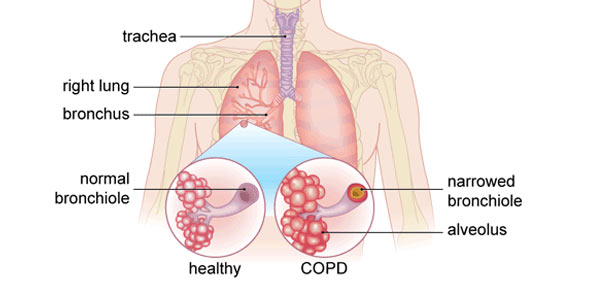Mastering COPD: Pathophysiology, Types, and Management Quiz
- ACCP
- ATS
- ERS
- GOLD
2.
You may optionally provide this to label your report, leaderboard, or certificate.
×
Thank you for your feedback!
















